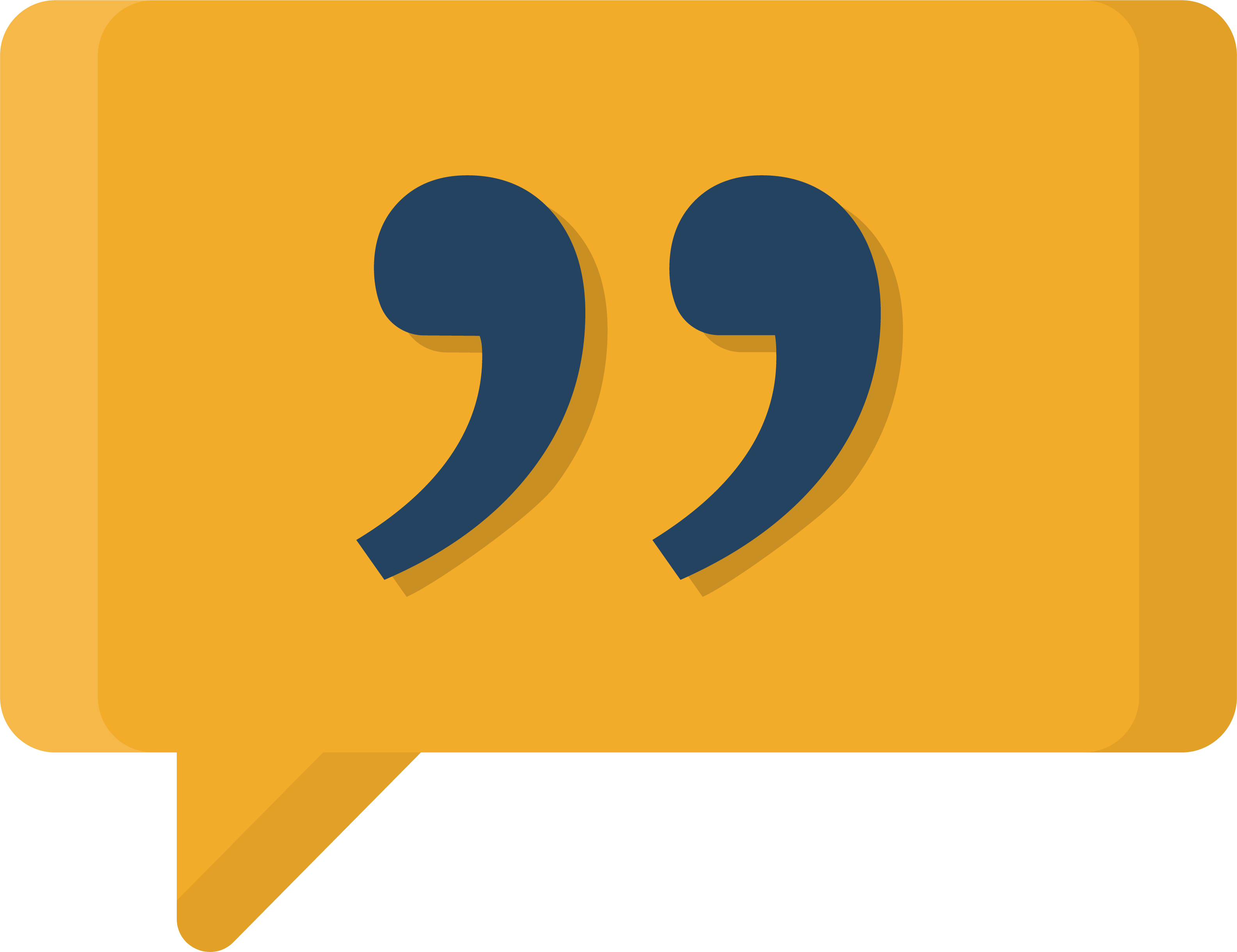Advantages of Quantum Machine Learning over Machine Learning
Quantum Computing and Machine Learning are a match made in heaven called Quantum Machine Learning.
It is a known fact that quantum computing can do classical computing tasks in no time.
Quantum machine learning traverses how to devise and implement quantum software that enables machine learning faster than classical computers. It prolongs the hardware pool for machine learning by an entirely new kind of computing device, the quantum computer.
On the other hand, Machine Learning is used for nothing but to train the algorithm with the help of a lot of data using classical computing. It then makes the device find some insights from our data and apply them to unseen data to create information.
Why not Machine Learning?
The primary concern of today’s research or development of AI is to train a machine in minimum time to automate the task based upon the data. To lessen the time constraint in classical computing, we use CPUs and GPUs when we have classical data. But when the data is too large, then the time is taken by a machine to train itself.
Below are some reasons for why not to use Machine Learning:
- Machine Learning is only used for classical data that can be categorized as supervised and unsupervised data.
- Machine Learning is slow concerning Quantum Machine Learning because of the sequential processing of the machine.
Once the machine began to take too much time to train, Quantum Machine Learning came about.
Why Quantum Machine Learning?
Quantum Machine Learning is powerful because it can compute multiple states concurrently. When various forms are processed together, it is evident that it will exponentially reduce the time to train the machine; but for that, the data must be in the
Classical data can only be processed by classical computing. So, to process data concurrently, quantum data is a must.
There are some reasons why we should use Quantum Machine Learning:
- Since quantum data is needed for Quantum Machine Learning, its processing relies on various laws of physics known as quantum theory.
- Quantum Machine Learning provides aspects of quantum mechanics and vows to deliver giant leaps towards processing power.
- Specialists prophesy that Quantum Machine Learning will soon massively outperform even the most capable of today’s and tomorrow’s Machine Learning and Deep Learning.
Machine Learning is quite a mature field now, but Quantum Machine Learning has some areas to be explored to enhance this field. Such as:
- The algorithms outperform Machine Learning and Deep Learning in the accuracy measures.
- Today’s QML algorithms fault tolerance is very low.
Free Resources
